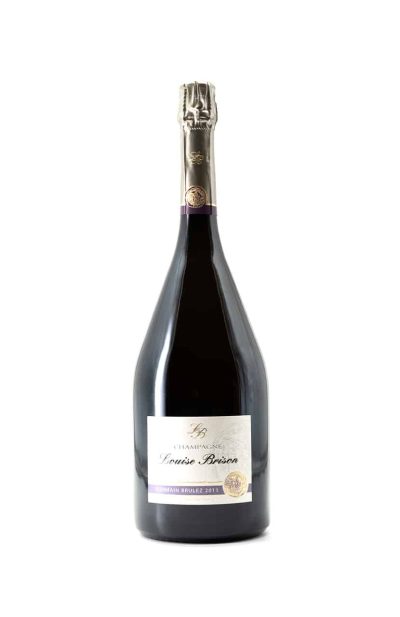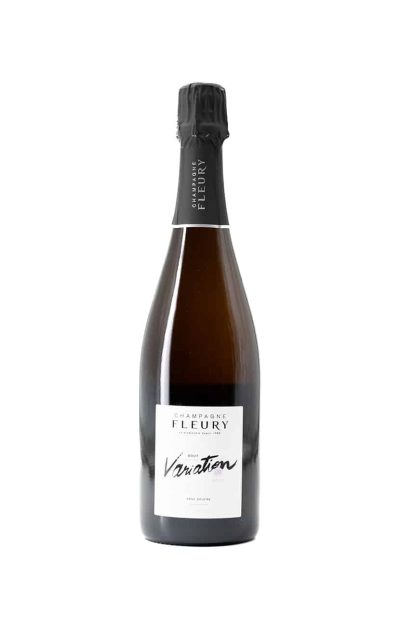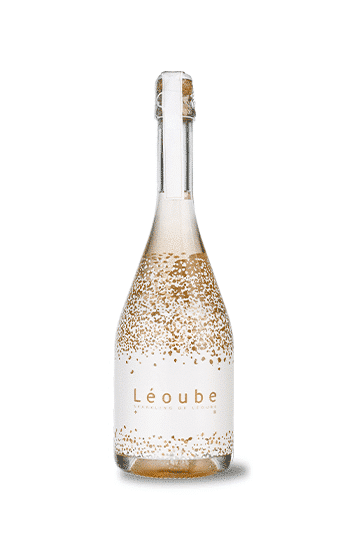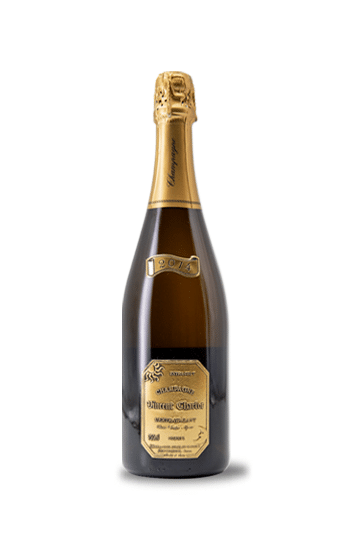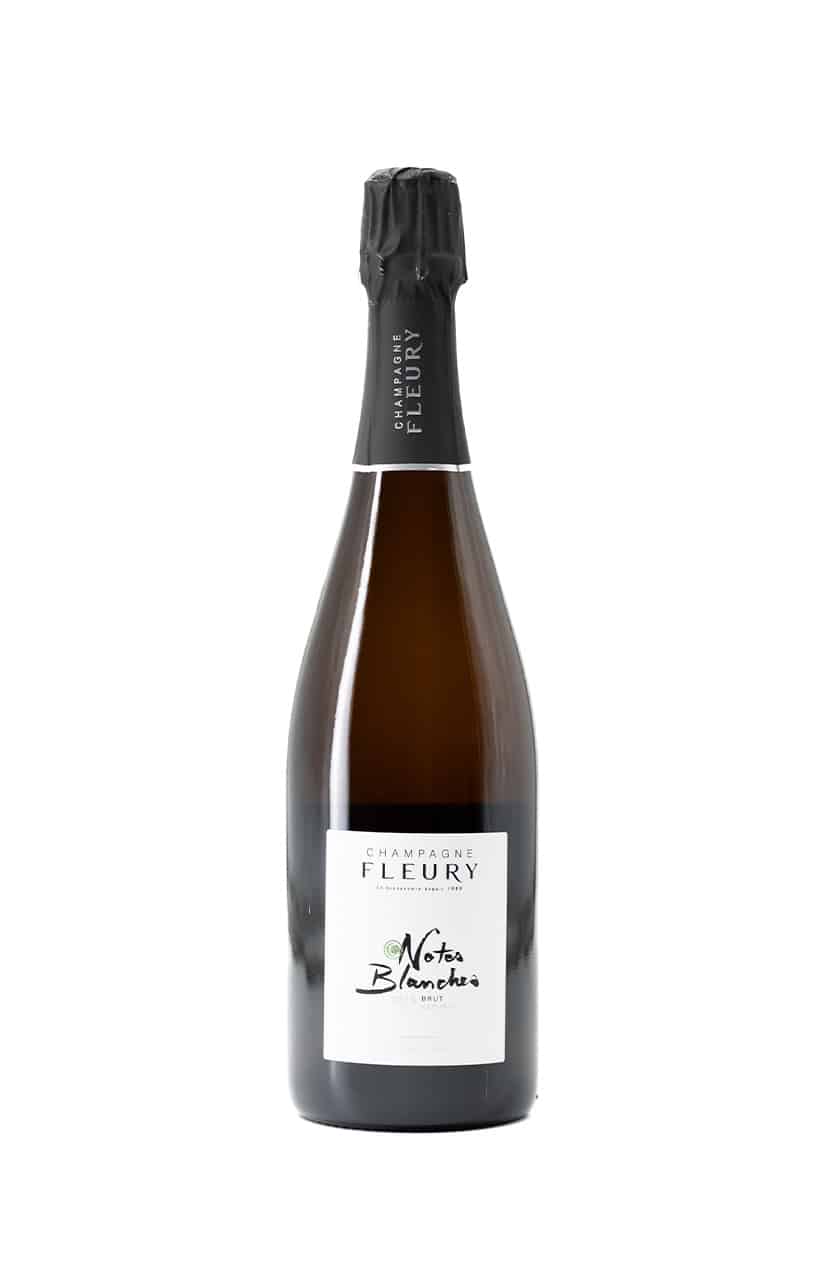
Notes Blanches Brut nature, 2015, Champagne Fleury, 0,75 l
85,00 €
Meet the champagne of the white pinot variety, without added expedition liqueur! Experience the divine aroma of yellow fruit and white pepper, surrounded by a supple texture and an energetic finish. Delicious and distinctive.
Availability: 13 in stock
Emile Fleury, the founder of Champagne Fleury, and his son Robert cultivated white pinot - a well-known variety in Alsace but a hidden diamond in Champagne. Over the generations, white pinot has found its way into Champagne. In 2009, Fleury Cellars realised its vision and created a Champagne composed entirely of white pinot. No expedition liqueur, which makes this rare, almost exotic variety all the more expressive for Champagne.
Indulge in a rich bouquet with aromas of yellow fruits and white pepper, surrounded by a supple texture and an energetic finish. Notes Blanches 2015 is a delicious, original and distinctive white Pinot.
| Weight | 1,5 kg |
|---|---|
| Region | Champagne |
| Variety | White Pinot |
| House | Champagne Fleury |
| Alcohol level | 12 % |
| Recommended temperature | 4-6 °C |
| Country | FRANCE |
| Ageing potential | 10-15 years |
| Wine style | Complex sparkling wine |
| Yearbook | 2015 |
| Volume | 0,75 l |
| Vinification | malolactic fermentation, without expedition liqueur |
| Food matching | Lamb, oysters with lime, clam and prawn stew |
| Colour | Golden yellow |
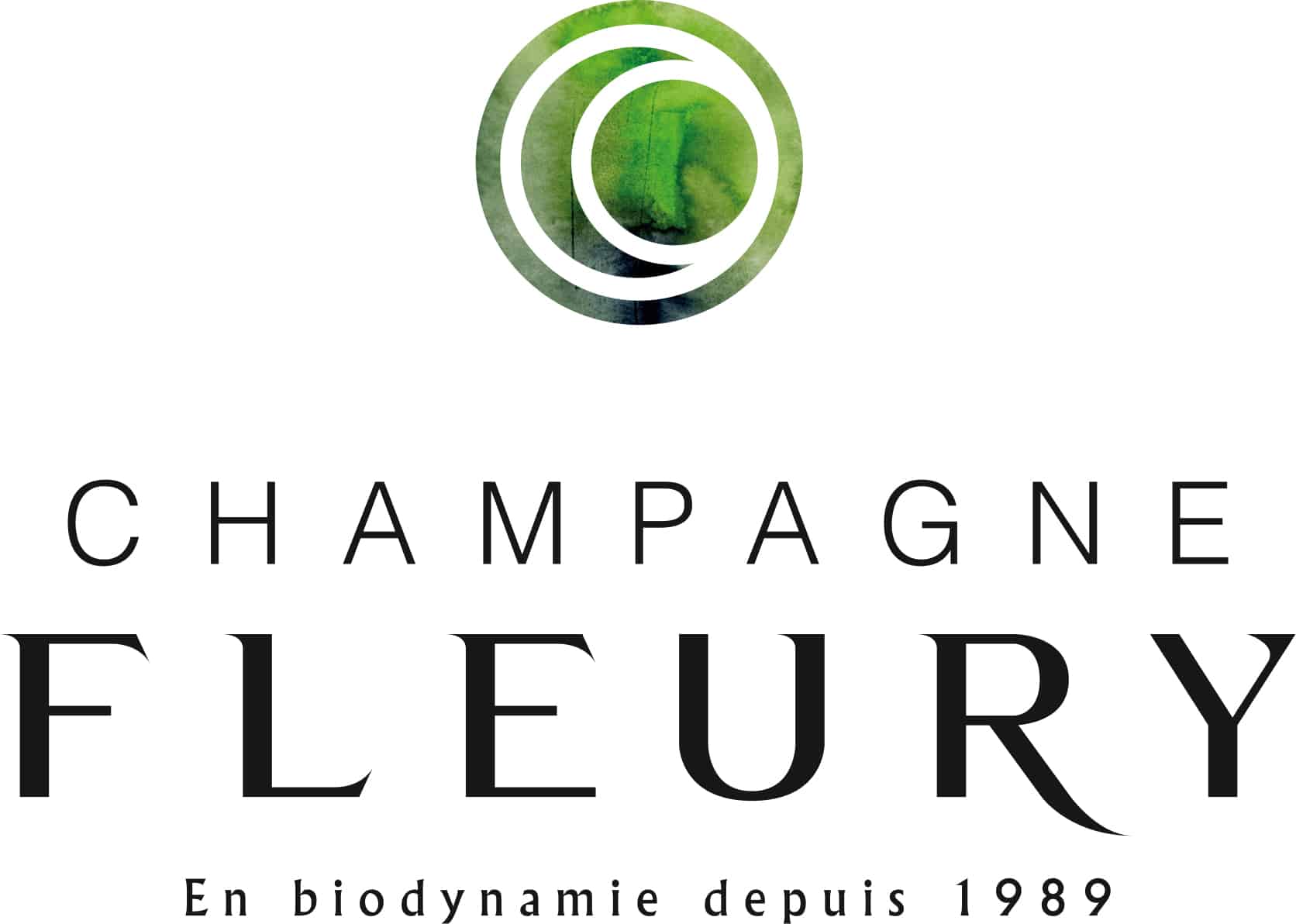
In Courteron, in the heart of southern Champagne in the Côte des Bar, the Fleury estate was founded in 1895, nestled amongst clay and limestone hillsides. The family's passion for viticulture was fuelled by the philosophy of biodynamics, which gave new meaning to their viticulture. To be respectful of the natural and living heritage of this terroir, where the guardians of the land humbly and repeatedly learn to balance nature. Today, Domaine Fleury is run by the 4th generation. The estate is above all a family story of shared passion and innovation in the art of winemaking in harmony with nature. Today, under the drive and wisdom of Jean-Pierre, his three children continue to keep the Fleury galaxy turning. Innovation has always played a key role in the Fleury family. Each generation has had to create new approaches in difficult times. In the early 20th century, Emile Fleury was bold enough to graft the first blue pinot vines in the region after the devastating phylloxera invasion. When the economic crisis hit in 1929, his son Robert Fleury rescued his small wine-growing business by going into champagne production. Jean-Pierre Fleury took over in 1970 and in 1989 became the first to apply biodynamic practices in the vineyard, first only partially and then fully in 1992. And let's not forget Morgane Fleury, the actress and sommelier who developed a new concept for an organic wine bar in the heart of Paris. Jean-Sébastien is also an innovator in the field of wine production, experimenting with grafting techniques in the vines, as well as re-introducing horses to work on specific plots. He set up a 'barrel gallery' and created the first sulphur-free wines in the area. Benoît is currently experimenting with mass selection and agroforestry as new ways of growing vines in symbiosis with the environment. As a young winemaker in the late 1960s, Jean Pierre Fleury was already questioning the harmful effects of the chemicals he was using on a daily basis to interfere with nature. This was brought to his attention by Rachel Carson's 1962 book 'The Silent Spring', which raised awareness about the environmental impact of pesticides and other chemicals. He felt the urge to leave his children a healthy earth. His childhood passion for astronomy and discovering other cultures (especially Japanese) sustained his fascination with the relationship between the sky and the earth, which eventually led him to take up biodynamics in 1989. The love of the earth is undoubtedly in the Fleury family genes, but the true spirit of Champagne lies both in the wonders of nature and in man's ability to enhance it by understanding the close links between the micro and macrocosm. A sensitivity to the relationship between heaven and earth, combined with the power and harmony of life, are at the heart of biodynamic practices.
Related products
-
Champagne Louise Brison
Cuvee Germain Brulez, 2011, Champagne Louise Brison, 1,5 l
Rated 0 out of 584,90 € Add to basketAdd to wishlistRemove from wish listAdd to wishlist -
Champagne Fleury
Variation Brut Nature, 2015, Champagne Fleury, 0,75 l
Rated 0 out of 5100,00 € Add to basketAdd to wishlistRemove from wish listAdd to wishlist -
Add to wishlistRemove from wish listAdd to wishlist
-
Champagne Charlot Tanneux
Champagne Cuvée L'Extravagant, 2014, Charlot Tanneux, 0,75l
Rated 0 out of 566,50 € Add to basketAdd to wishlistRemove from wish listAdd to wishlist



